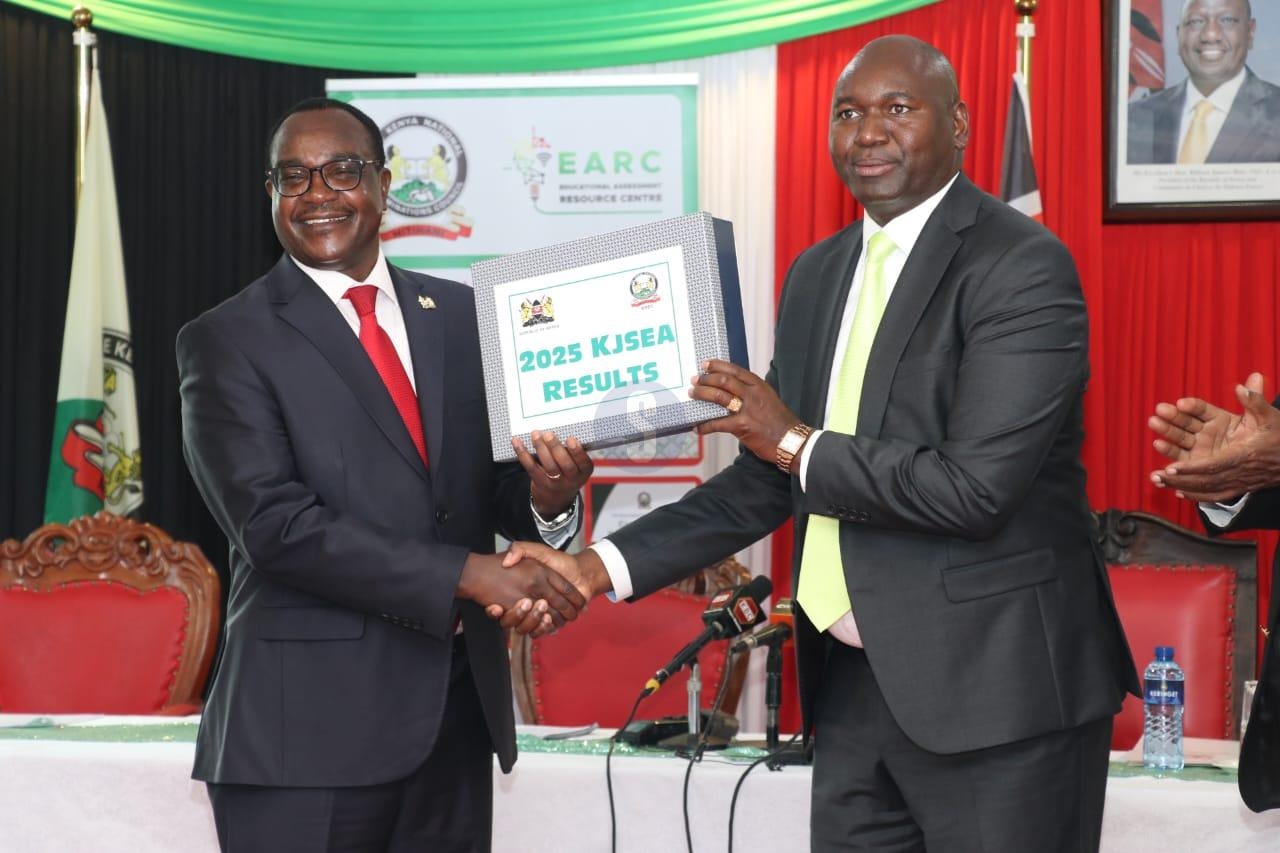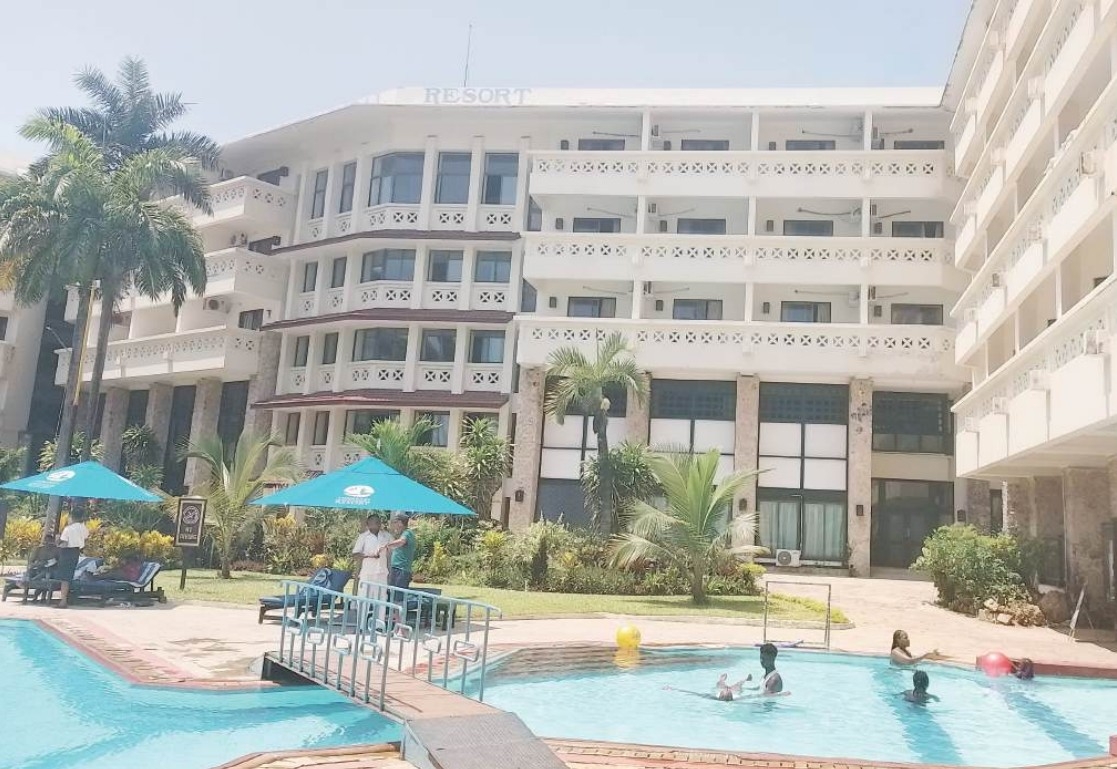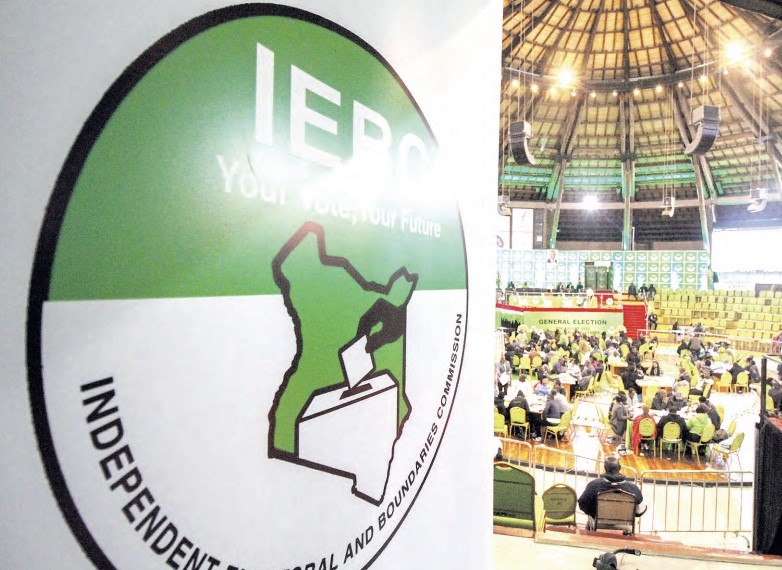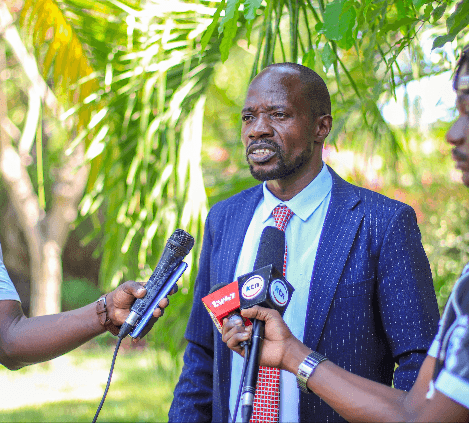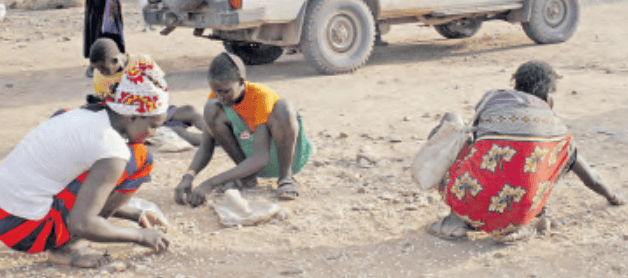
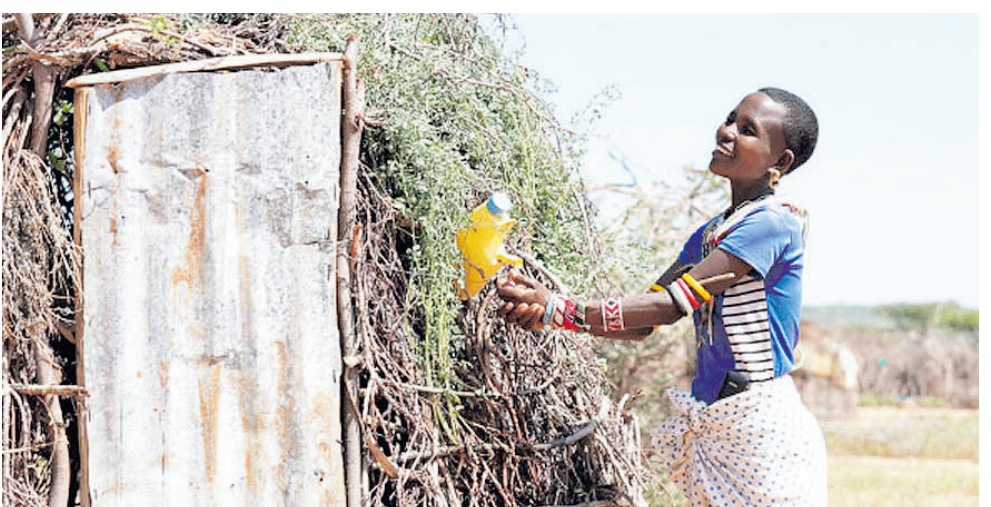
AS we drive through Soito village in Marsabit county, children run excitedly alongside us, waving and calling out in their vernacular.
“Do you want to see the toilets?” they ask, pointing towards the manyattas scattered across the field.
In this community, also known as Lorukushu, pit latrines have become a source
of pride.
Every homestead now either has a completed latrine or one under construction, each a sign of the village’s transformation.
Leading
us through this change is Peter Leisido, a respected elder coordinating the
project in Lorukushu, which includes more than 65 households. So far, 25
latrines have been built.
“Each family committed to building a latrine just a few metres from their home.
We’ve also encouraged everyone to set up a hand-washing station outside the
latrine, usually a 2 or 3-litre jerrycan filled with clean water,” said
Leisido.
For women like Celina Letore, the transformation has been life changing.
“We used to relieve ourselves in the bushes. It was dangerous, especially at night we risked snake bites or attacks from wild animals. But now, we feel safer,” she said.
According to the 2019 Kenya Population and Housing Census, Marsabit and Samburu
are among 15 counties where 85 per cent of open defecation occurs.
During the rainy season, human waste gets washed into water sources used for drinking and cooking, increasing the risk of diseases like diarrhoea, cholera, and stomach infections.
“Since building the latrines, we’ve seen fewer cases of stomach illnesses,
especially among children and the elderly,” Letore said.
Nationally, over 6,600 children under five die annually from diarrhoea, and 80 per cent of those cases are linked to poor sanitation, hygiene, and unsafe water.
“When
we first arrived, we asked, why are there no toilets? We learned that no one
had explained the importance of having a latrine. Our first task was to change
that mindset,” recalls Hokile Boku, PACIDA’s project manager overseeing the
sanitation project.
With support from Oxfam Kenya through the Australia’s Department for
Foreign Affairs and Trade, Pastoralist Community Initiative and Development
Assistance
rolled out a hygiene and sanitation programme to improve public health in arid
and semi-arid lands like Soito.
The initiative follows the Community-Led Total Sanitation model, urging
households to construct latrines using locally available materials like timber,
tree branches, cloth, and ash.
Training sessions were delivered in partnership with county health promoters, community health workers, and public health officers. “We learned
how to dig a proper pit, use cement for the base, and timber for a secure
structure,” Leisido said.
Not all change came easily. “Some elders believed the latrines being dug were a
symbol of graves surrounding their manyattas. But after we explained the health
benefits, many embraced the idea,” Boku said.
Today, those same elders are now champions of sanitation awareness.
The cultural shift has been significant. “We no longer have to worry about
contaminated water or illnesses. Our children are safer, and our homes are
cleaner,” Leisido said.
A ceremony to declare Soito open defecation free is planned once every
household has a functioning latrine. “The community’s response has been
inspiring. The CHPs and CHWs are doing a great work to sustain these changes,” Boku said.
From bushes to cemented pit latrines, Soito’s journey reflects the power of
local action, education, and dignity. In a place once defined by open fields,
the community now stands united by something far more powerful, ownership of their health
and future.
For lasting impact, there is a need for greater government involvement in
ending open defecation by prioritizing sanitation in national and county
policies.



